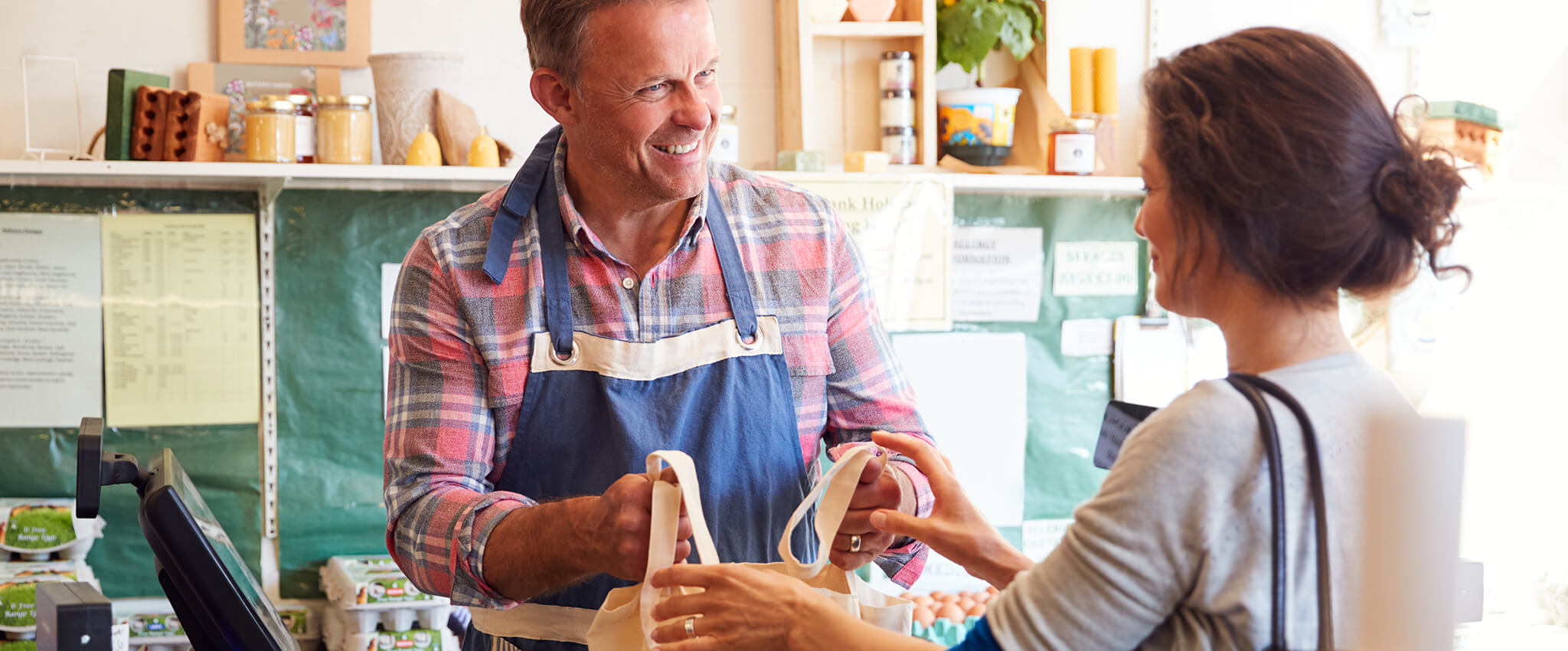Consumer priorities are shifting, and grocers around the world are changing their product offering to meet the demand. Shoppers want to know where their food comes from, how it was made or processed and by whom. They want the transparency that is required to know its source, which means fundamentally changing how big supermarkets do business.
As a result of that, the interest in purchasing and consuming locally grown food is surging. And it makes sense: buying fresh food raised nearby supports the local economy, is generally fresher, and because of shorter transportation routes, has less of an environmental impact.
The pandemic led many shoppers to appreciate the foods grown and produced in their own communities. For many shoppers, eating local is a way to ensure their food is fresh, nutritious, food-safe, and pesticide-free. Others may seek out locally sourced food to reduce their impact on the earth by lowering their carbon footprint.
An individual’s carbon footprint is measured by the total greenhouse gases that person creates. This includes everything from the car a person drives, the electricity they use and the lifestyle choices they make including food, beverages and clothes. One way to reduce your carbon footprint is to switch to local animal products including everything from eggs to meat.
By shopping locally, you can reduce the distance your food must travel which offsets carbon emissions. Other ways to minimize your carbon footprint as a grocer is to sell local, seasonal food and support organic practices. Why in-season? Because food that is grown out of its usual season takes more energy to grow since it requires greenhouses.
To meet the rising demand of buying local, buyers are diversifying where they source their produce beyond traditional channels. This could mean finding small local farmers in the area or taking over the supply chain by growing on-site right at the store.
In the end, the produce section will see a lot of changes as more consumers seek out local, sustainable foods. As grocers bring in more organic produce and begin restocking shelves with local foods, they should take another look at their current produce displays. The right shelving display should keep products front-facing for faster and easier product selection and have a fast and easy restocking process.
That’s where the SpaceGrid II from Retail Space Solutions comes in.
Not only does this pusher display solution keep the produce section looking attractive, but it also keeps food fresher, longer. Its unique tray is designed to direct cold air through the product display, ensuring proper temperature distribution. These perks from the SpaceGrid II pusher tray system will help customers looking for fresh, local produce find what they need quickly.
For more information on the SpaceGrid II or other solutions from Retail Space Solutions, visit www.retailspacesolutions.com or call 800-279-5291.
